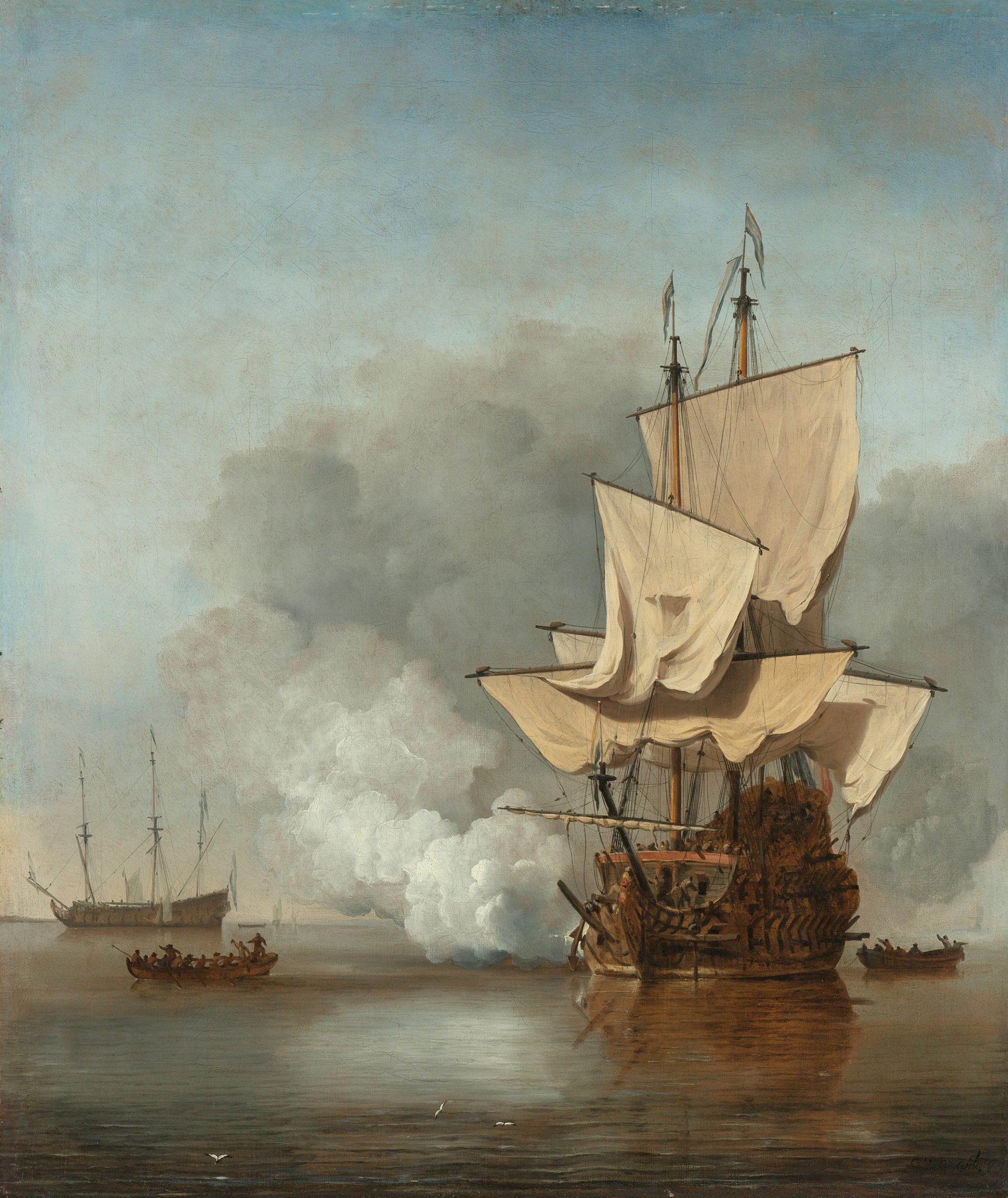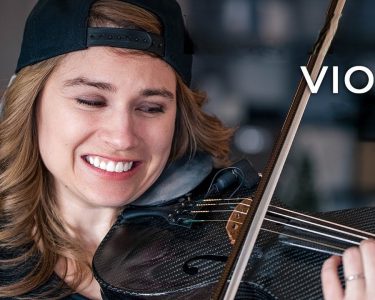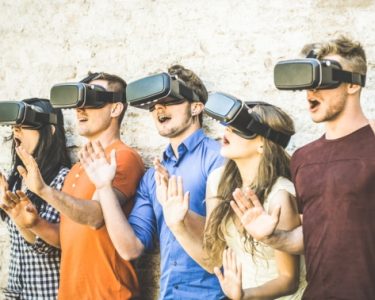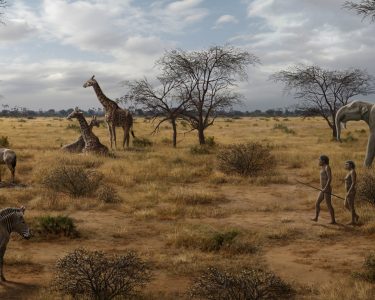Introduction: In today’s ever-evolving digital age, technology continues to redefine the boundaries of artistic expression. Traditional art forms, once confined to physical mediums, are now finding new life on digital canvases. From digital paintings and virtual reality installations to interactive sculptures and augmented reality experiences, artists are leveraging technology to unlock their creative potential like never before. This article delves into the fascinating world where art and technology converge, exploring the transformative power of this fusion and its impact on the art scene.
- The Digital Renaissance: An Artistic Evolution The dawn of the digital age has ushered in a new era for art, igniting a creative revolution that transcends the limitations of physical materials. Artists now have access to a vast array of digital tools and software that enable them to experiment, manipulate, and transcend traditional artistic boundaries. Through digital painting, 3D modeling, and generative algorithms, artists are harnessing technology to explore uncharted artistic territories.
- The Rise of Virtual Reality (VR) and Augmented Reality (AR) Art Virtual reality and augmented reality technologies have emerged as powerful mediums for artists to push the boundaries of immersion and interactivity. With VR headsets and AR-enabled devices, viewers can step into a digital realm and interact with art in ways previously unimaginable. Artists are transforming entire spaces into virtual galleries, enabling visitors to engage with artworks, walk through virtual environments, and experience art from completely new perspectives.
- Artistic Collaboration in the Digital Sphere Technology has not only expanded the possibilities for individual artists but has also fostered collaborative efforts on a global scale. Digital platforms and online communities connect artists from diverse backgrounds, enabling them to collaborate, share ideas, and merge their artistic visions. Through crowd-sourced projects, virtual exhibitions, and digital art collectives, artists are transcending geographical barriers and creating a collective space for artistic expression.
- The Ethical Dilemmas of Digital Art While the fusion of art and technology brings boundless opportunities, it also raises important ethical considerations. Issues such as copyright infringement, digital piracy, and ownership rights become increasingly complex in the digital realm. Furthermore, questions surrounding the authenticity and reproducibility of digital art challenge the traditional art market and the value assigned to physical artworks. Artists, collectors, and institutions must navigate these new frontiers with ethical frameworks and legal protections in mind.
- The Future of Art: An Endless Horizon As technology continues to advance at an astonishing pace, the possibilities for artistic expression seem infinite. Artificial intelligence, machine learning, and blockchain technologies hold immense potential for shaping the future of art. Artists are experimenting with AI-generated artworks, creating immersive installations driven by machine learning algorithms, and utilizing blockchain to establish provenance and ensure the integrity of digital creations. The fusion of technology and art promises an exciting and ever-evolving landscape for both artists and audiences alike.
Conclusion: The fusion of technology and artistic expression on digital canvases has unleashed a new era of creativity, challenging traditional norms and opening doors to unexplored realms. Artists are pushing the boundaries of imagination and inviting viewers to engage with art in innovative ways. However, as this transformative journey unfolds, it is crucial for artists, audiences, and the art community as a whole to navigate the ethical implications and preserve the integrity of this digital revolution. In this rapidly evolving landscape, the future of art holds tremendous promise, and it is an exhilarating time for artists to harness the power of technology and redefine the very essence of creativity itself.




